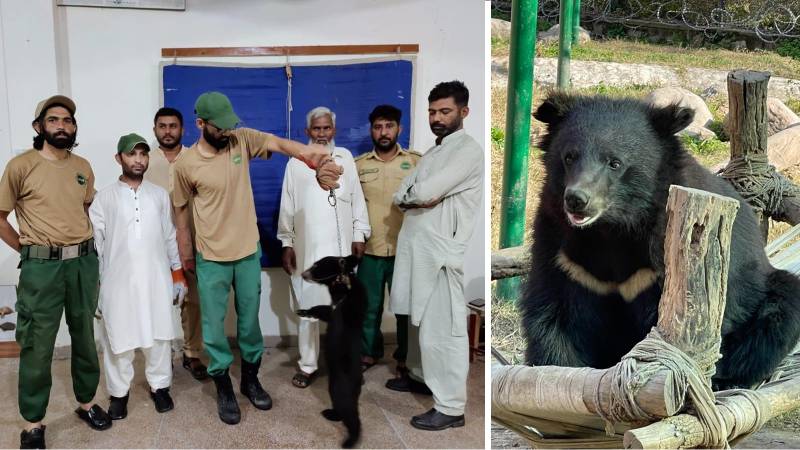
The world over the trend is to decommission old zoos and not set up any new zoo. After all, we are living in the era of climate change, which is currently threatening a growing number of species, as a recent update of the International Union of Conservation of Nature’s Red List of Threatened Species reveals. The Indian Pangolin is listed in the endangered category while the Common Leopard is listed as vulnerable – both are to be found in Margallah Hills National Park (MHNP), located right behind the now closed Islamabad Zoo. In fact, the famous DHA leopard, rescued from the DHA housing society in Islamabad last year, was brought to the Rescue and Rehabilitation Centre established on the site of the old zoo last year, before being released into MHNP after it was ascertained that he was indeed a wild animal who belonged in the wilderness.
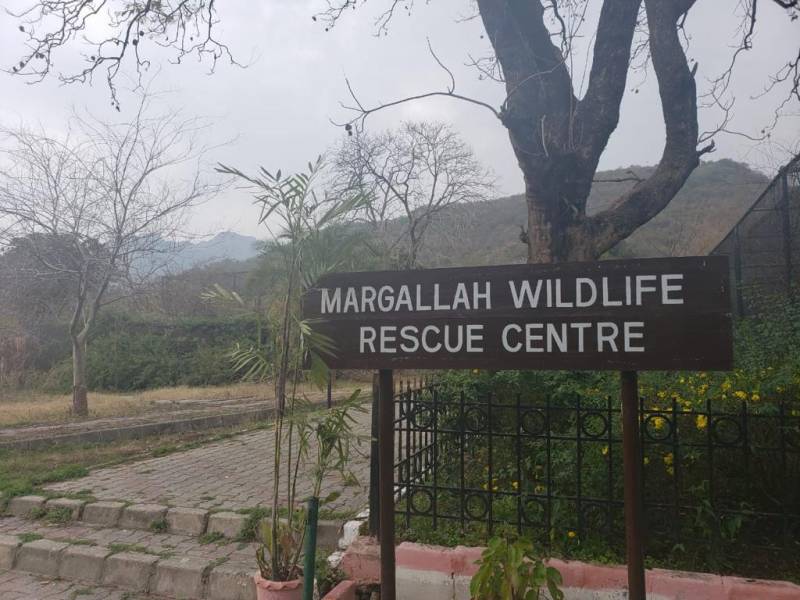
Why was Islamabad’s Marghazar zoo, built in the 1970s, closed down in the first place on the orders of the Chief Justice of the Islamabad High Court (IHC)? Who can forget the trauma faced by Kaavan, the old Asian elephant who had been chained for many years at Islamabad zoo. He had become lonely after losing his mate Saheli in 2012. Kaavan became a global celebrity after a #SaveKavaan campaign started trending on social media. Superstar Cher endorsed the campaign and even came to Islamabad to get the Government of Pakistan to set the elephant free. Kaavan’s case had come before the IHC, clubbed together with another case against the shooting of stray dogs in Islamabad and the case of a confiscated Black Bear who was being kept in poor conditions at the Islamabad zoo.
The IHC directed in 2019 that management of the zoo should be handed over to the Islamabad Wildlife Management Board (IWMB) and the animals be sent to sanctuaries. In other words, the zoo was ordered to be closed permanently. There really are no two ways of interpreting this. Now, in 2024 the Capital Development Agency (CDA), whose job is the development of the city and not management of zoos and wildlife, has decided through its Board that the Islamabad zoo should be “reclaimed” from IWMB and “restored” by approaching the federal cabinet to take back the administration control of the now closed zoo!
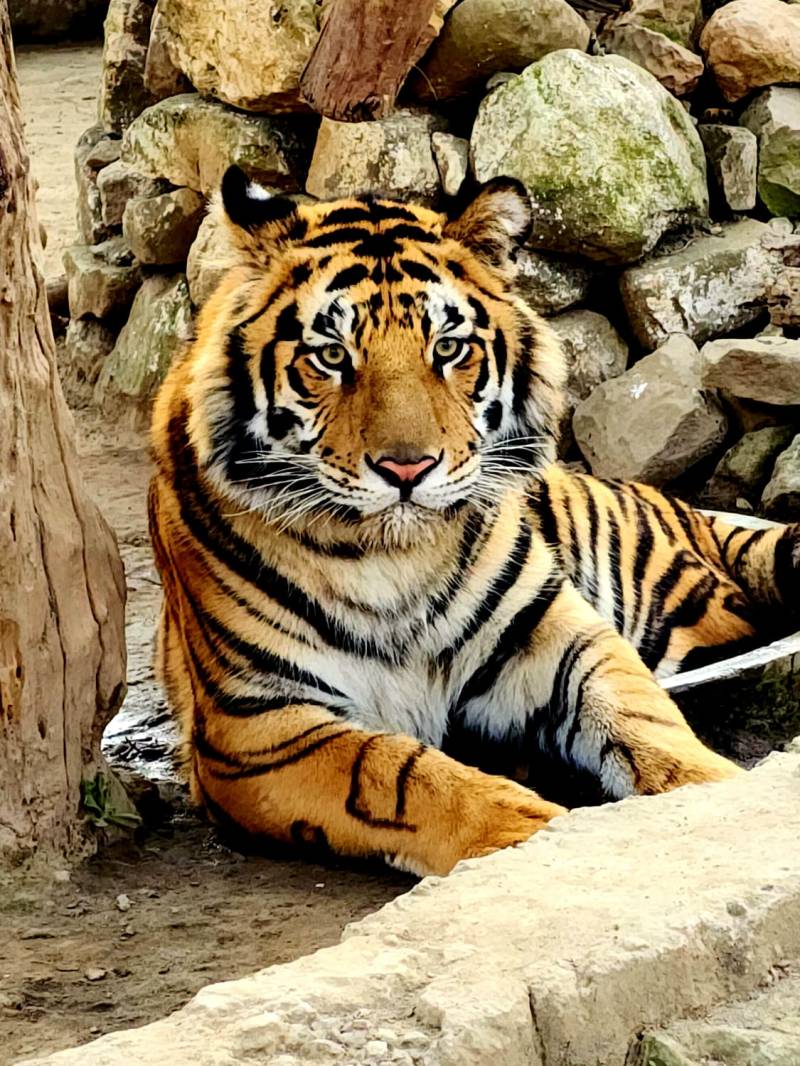
According to IWMB member Vaqar Zakaria, over the years when the zoo was run by CDA there had been a lack of professional standards in the management of the facility. “Animals were generally not kept in good health and conditions, as demonstrated by routine deaths of animals over the last so many years”. Marghazar zoo, founded on 28-acres of land on the foothills of the Margallah Hills in 1978, was an old zoo with few upgrades over the years.
It had also fallen prey to institutional wrangling between Capital Development Authority and the Municipal Corporation of Islamabad, leading to the complete neglect of the animals. As a consequence, on 21st May 2020, the IHC ordered that the animals be shifted to “sanctuaries”, deeming it “illegal and unethical to confine animals in a zoo that was short of facilities”. In July 2019 the ownership of the zoo was handed over to IWMB, which operates under the Ministry of Climate Change, Government of Pakistan, by the federal cabinet.
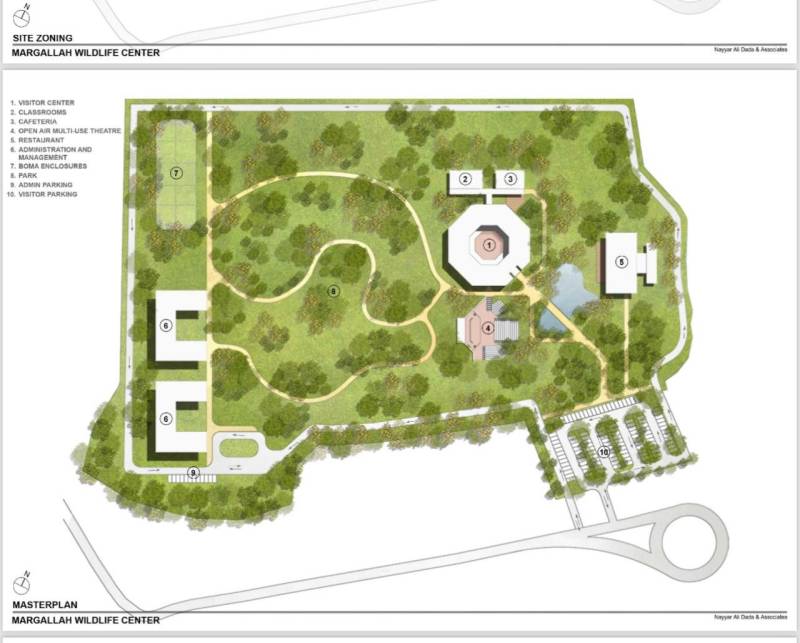
By the end of 2020 when the Islamabad Zoo was finally emptied of all animals as per the court orders, the IWMB gradually converted the site into the only wildlife rescue centre of its kind in Pakistan, providing assistance to all species of wild animals in distress. To date, the centre has successfully rescued and rehabilitated approximately 381 animals, including mammals, birds, and reptiles. IWMB deals only with wild animals that have been treated in a non-humane way, orphaned and injured in order to implement the IHC order in judgment W.P. 1155/2019 which specifically states that “No animal is treated in manner that subjects it to unnecessary pain and suffering”.
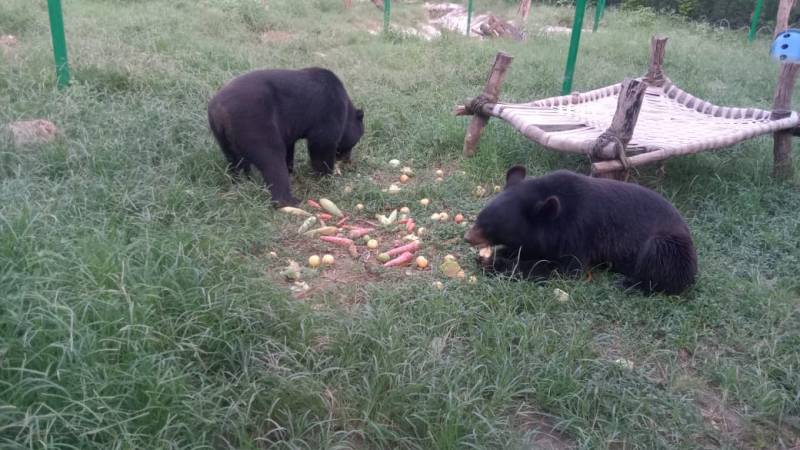
In November 2023, IWMB signed a MOU with Second Chance Wildlife by which management of the now established rescue and rehabilitation centre has been outsourced to the registered NGO with full cooperation of IWMB staff. The centre runs on donations from civil society and is currently rehabilitating 51 animals including a Bengal tiger cub who came to IWMB a year ago with fractured bones (now healed completely). IWMB has plans to permanently house the 7 Black Bears (mostly rescued from streets of Punjab where they were made to dance by gypsies), which are under its care in a sanctuary space on site of the old zoo. The Rhesus monkeys (rescued from the streets where they are made to dance-“Bandar Ka tamasha”) who can be rehabilitated are released back into MHNP along with other local rescued species like Indian Pangolins (since 2020 around 15 endangered pangolins have been rehabilitated and released back into the wild).
Other rehabilitated species include Leopard Cats, Indian Porcupines, Red Fox, Golden Jackals, Indian Palm Civet Cats and bird species like Indian Kites, Rock Pigeons, Spotted Owls and several snakes. Many of the local species come to the centre injured and are lovingly brought back to good health by volunteers and staff before being released into wild. Several local vets work with the centre to give animals a clean bill of health before their release into the wild.
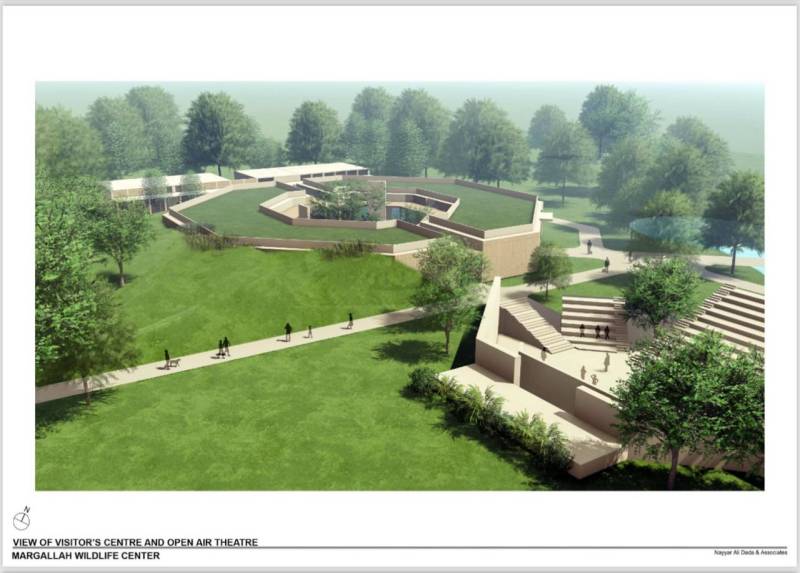
Second Chance Wildlife is currently conducting limited guided tours of the rescue centre for students and animal lovers while IWMB has plans to open up a Visitor Information Centre on site of old zoo for general public once funds are arranged. Unfortunately with governments coming and going in last 3 years, this funding has been delayed. IWMB also is waiting for its “Islamabad Nature Conservation and Wildlife Management Act 2023”, which has been passed by both Parliament and the Senate, to be sent to the President for signing into law. Under this Act, IWMB will be empowered to impose fines on violators and charge a small visitor fee for entry into the Margallah Hills National Park trails which will allow IWMB to generate its own funding.
The current rescue centre and the upcoming digital Visitor Information Centre together will form the Margallah Wildlife Centre. The IHC had tasked the IWMB with "rethinking and revamping of the Islamabad Zoo into a more animal sensitive and friendly enclave which provides an environment for adequate protection of animals rather than animal exhibit" and "other effective alternatives to utilise the area of the zoo for educating children and adults”. IWMB has followed the court orders in designing this facility.
The Margallah Wildlife Centre (MWC), whose conceptual design has been readied by the environmentalist architect Raza Ali Dada, responds to the need for a facility that is aligned with the best practices for conservation and rehabilitation of wildlife. The centre will be compatible with the landscape and ecology of the MHNP, which lies adjacent to it. All the existing old indigenous trees will be preserved where possible and ecologically friendly buildings will be designed.
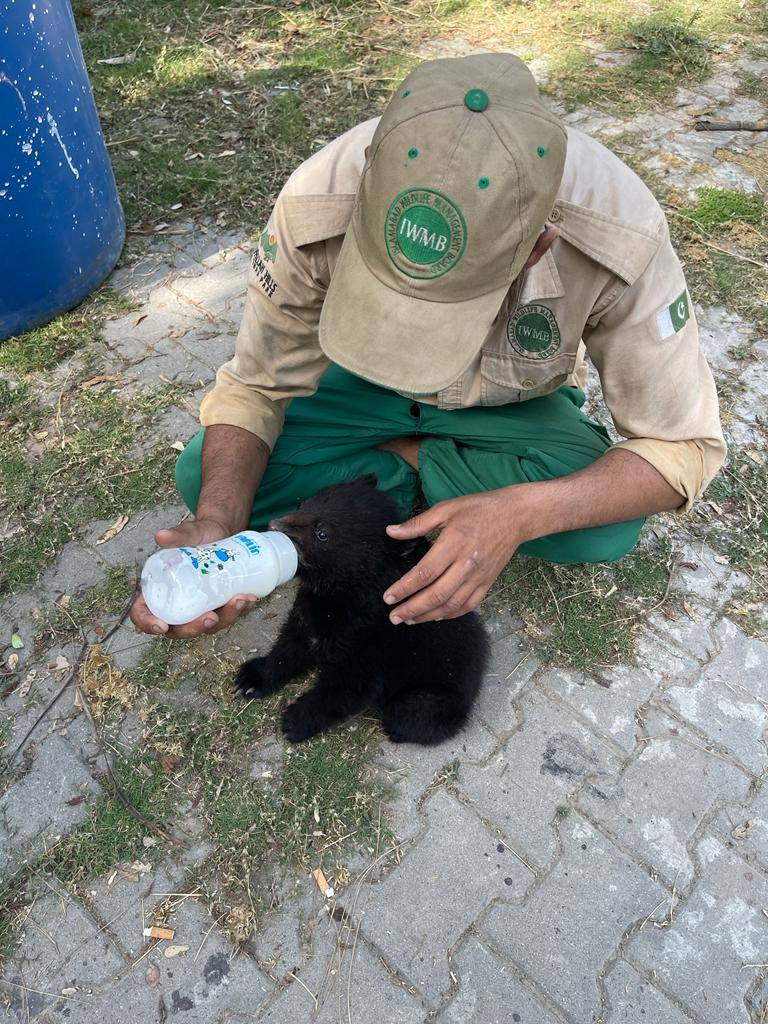
The modern center aims to house digital displays inside its Visitor Information Centre for the Margallah Hills National Park, which will be open to the public. There is no longer any need to house animals in cages for display purposes. The MWC will complement the rescue centre whose aim is to nurture and rehabilitate indigenous wild animals that have been deprived of their natural home.
The management of the MHNP and that of the MWC is intricately related and complimentary, as the MWC will be located at the entrance of the national park, and both the MHNP and MWC require expertise for wildlife management and for the rehabilitation and recovery of captured and injured animals.
Should the rehabilitated wild animal require a permanent home, a species-appropriate habitat will be created on the premises – as is the case of the rescued Black Bears who cannot be released back into the wild. The rescue and rehabilitation centre would be screened off from the public and the training of staff and vets in wildlife care will also take place here. A small veterinary hospital would be included at this centre.
An educational facility with interactive displays where children can learn about local, regional and international wildlife is also planned. The existing zoo has old dinosaurs (life size models), which can be repaired and re-used in the new MWC to inform children. The educational facility would include a social media outreach centre in partnership with local educational institutions and organisations to educate and inspire school children, students and youth. All this is doable and can be made possible with the right expertise and funding. IWMB has a vision for the future – in which zoos and cruelty to animals have no role to play. Let’s end this outdated zoo concept once and for all and build a new Margallah Wildlife Centre in the capital that we can all be proud of.

